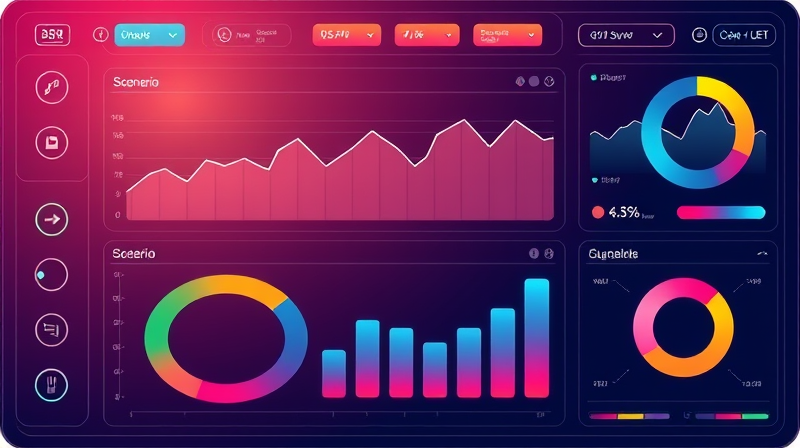
The convergence of demographic changes and healthcare evolution is creating powerful momentum for industries adjacent to traditional care. Businesses positioned at the intersection of technology, services, and patient experience have a unique opportunity to lead transformative growth.
As population segments shift and clinical demands evolve, understanding these trends is critical for innovators and investors seeking lasting impact.
Over the next decade, the United States and other developed nations will witness an unprecedented rise in their older populations. By 2030, more than a fifth of U.S. residents will be over 65, placing extraordinary pressure on medical systems.
The resurgence of chronic conditions is not limited to seniors. Younger adults are experiencing strokes, heart failure, and complex health issues at alarming rates—trends that herald long-term demand for specialized care pathways and supportive services.
aging population is increasing rapidly and reshaping how care is delivered across settings. This creates both challenges and opportunities for hospitals, outpatient practices, and post-acute providers.
The financing of care is shifting beneath our feet. Medicare Advantage enrollment is growing at over 6% annually, while Medicaid rolls contract as states redetermine eligibility.
Insurance premium inflation and cost-sharing hurdles force many to delay necessary preventive and diagnostic services. Roughly half of Americans identify cost as a barrier, fueling higher downstream expenses and worsened health outcomes.
rising healthcare costs impact families nationwide, and the ripple effects extend into employers, government budgets, and care delivery partners.
delayed preventive care leads to more complex interventions later, emphasizing the need for better access models and cost-effective solutions.
The U.S. faces a projected shortfall of over 85,000 physicians by 2036, with rural regions disproportionately affected. Nearly half of today’s clinicians report burnout, and a significant share struggle with depression.
To bridge gaps in capacity and expertise, health systems and adjacent firms are embracing digital tools. Telehealth platforms, remote monitoring, and artificial intelligence are becoming indispensable.
AI-driven administrative automation streamlines workflows, reducing paperwork burdens and allowing clinicians to focus on patient care. Concurrently, telehealth expands rural healthcare access, bringing specialty services to underserved communities.
As traditional providers reinvent care models, several sectors stand poised to capture significant growth.
value-based care partnerships evolve between hospitals and post-acute providers, fostering smoother transitions and reducing readmissions.
Complex legal and regulatory headwinds—antitrust enforcement, non-compete scrutiny, and reimbursement reforms—add layers of strategic risk. Companies must navigate this dynamic landscape to innovate responsibly.
Yet, within these challenges lie distinct opportunities:
complex M&A regulatory landscape challenges growth, but well-structured alliances can unlock economies of scale and broaden service portfolios.
The following table summarizes key metrics shaping the horizon for healthcare-adjacent sectors:
As demographic and systemic pressures converge, businesses that embrace change will thrive. By leveraging technology, forging strategic partnerships, and placing patient experience at the core, healthcare-adjacent industries can catalyze transformation.
embracing innovation with purpose and empathy will be the hallmark of organizations that endure. The path forward demands agility, collaboration, and a relentless focus on outcomes—ushering in demand-driven sector-wide transformation emerges across care ecosystems.
Now is the moment for leaders to step forward, harness these trends, and shape the future of health.
References













